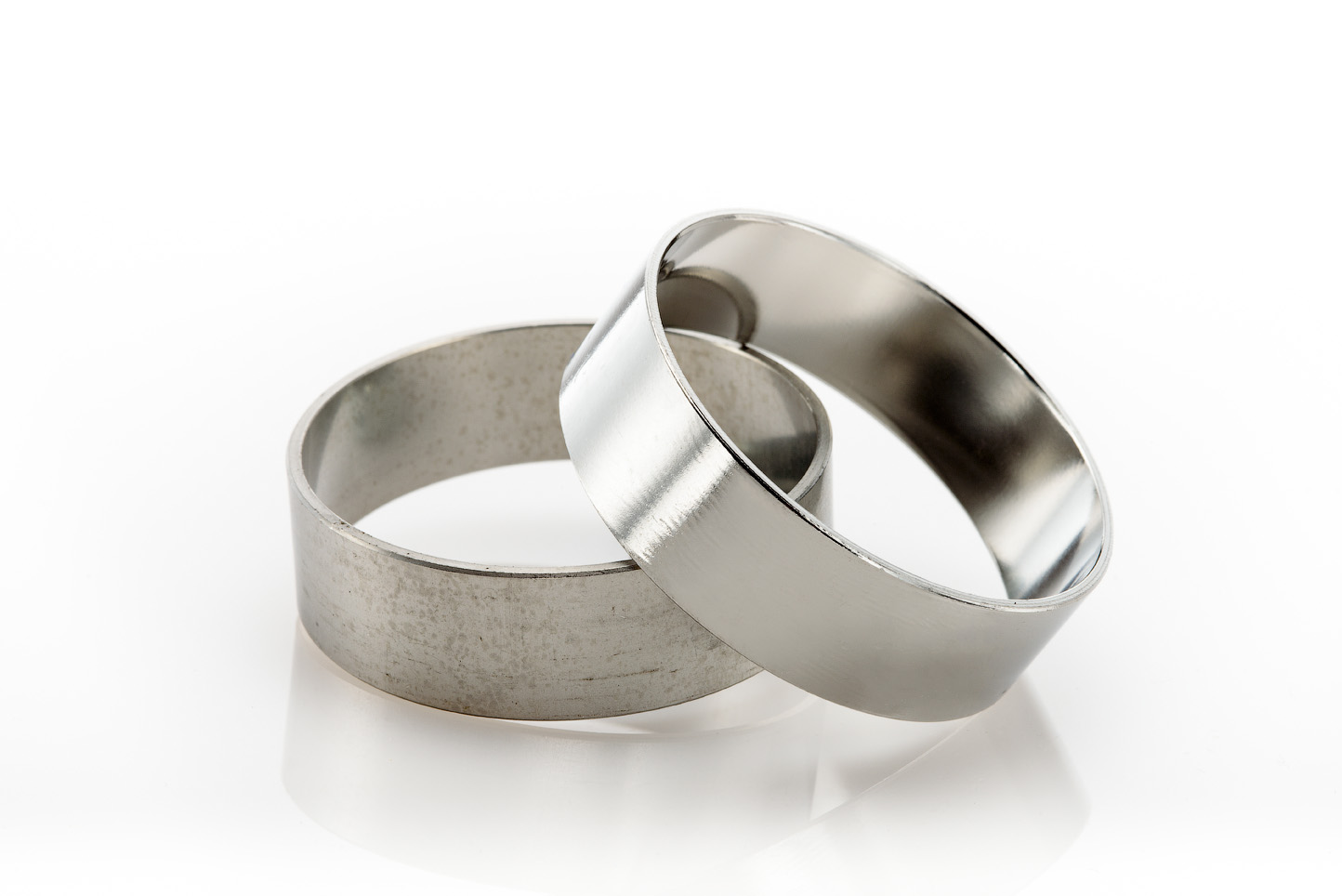The Benefits of Electropolishing
In industries where precision, durability, and cleanliness are essential, the finishing process of metal components can make all the difference. Electropolishing, a state-of-the-art electrochemical process, provides unparalleled benefits over traditional finishing methods.
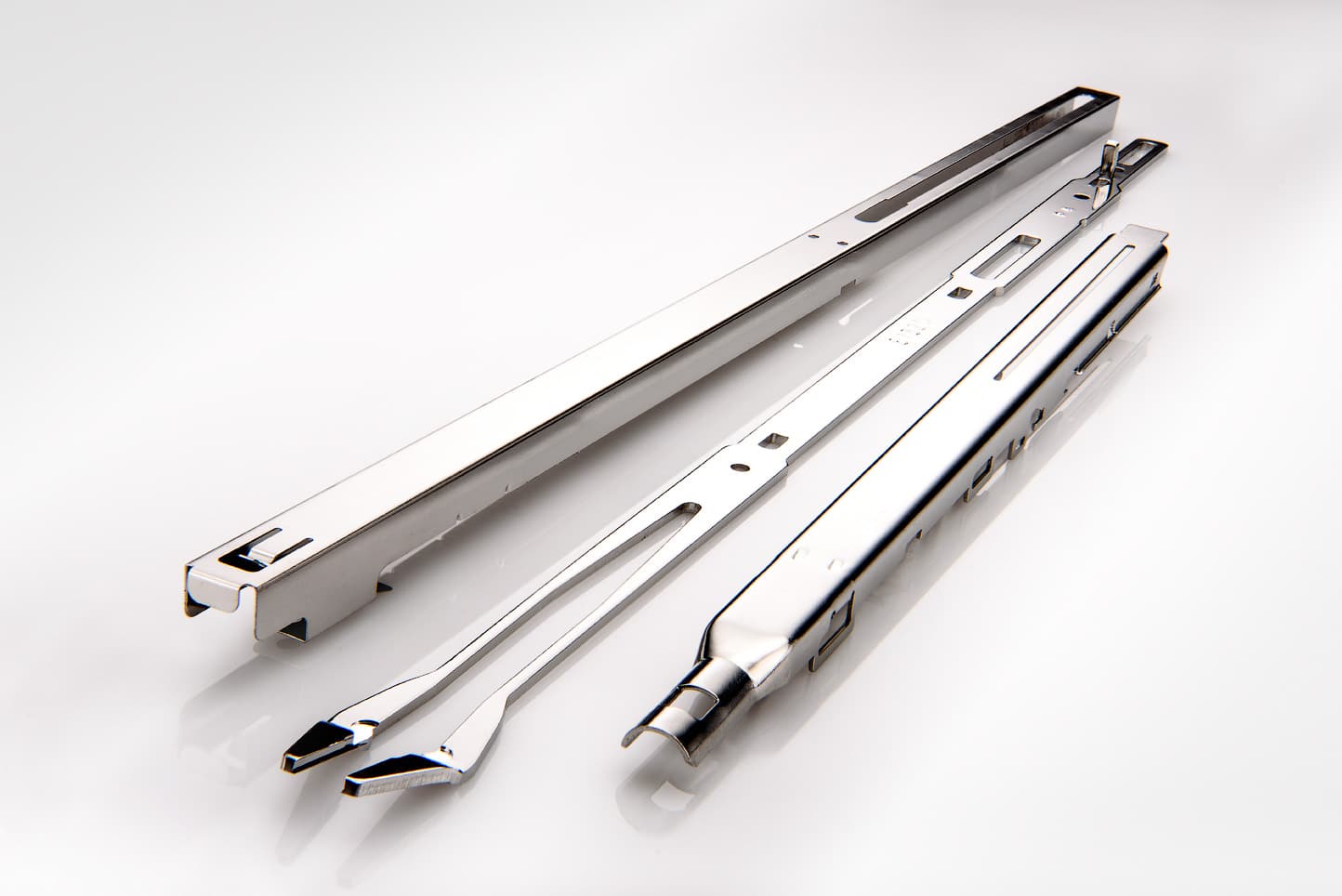
The Benefits of Electropolishing
Curious about the benefits of putting your parts through the electropolishing process? Read along below where we break down the top 5 benefits of electropolishing.
1. Smoothing Effect & Good Aesthetics: Electropolishing removes high spots on the surface of metal parts. During the process, the dimensions of the lower spots are barely altered, creating a smoothing effect to the base of the metal’s surface. This means that throughout the entire electrochemical process, the total amount of dimensional change needed to obtain the polish effect is very small.
2. Easier Cleaning & Maintenance: Many metal parts and components are used in environments where it is difficult to physically access them for maintenance. Others—as in medical, food and beverage, and semiconductor applications—require repeated sterilization and cleaning. The leveling of micro peaks and valleys through electropolishing not only protects against the “collection” of particulates in otherwise grooved surfaces, but also allows for easier sterilization and maintenance.
3. Reduces friction and surface drag, without cracking. A part that has been electropolished properly will experience the performance benefits of reduced friction and surface drag. Visually, the smoothing removes grain boundaries, which significantly reduces the chances of your metal component cracking under stress. In mission-critical applications, you need your parts and components to be operating at their highest level to ensure your business adheres to some of the extremely tight tolerances your end-users require.
4. Exposes defective parts. In electropolishing, there is a built-in fail-safe for performing quality control on your parts. Since the process is carried out under the presence of intense chemicals, when a defective part comes through the process line, the chemicals in the electropolishing solution tend to unmask the defect in the part—quickly and obviously. This is a dramatic and effective way of double-checking the quality of your parts being processed before it is sent out to its final destination.
5. Corrosion Resistance: Free-iron is an almost entirely unavoidable consequence of metal forming in manufacturing. Electropolishing removes metallic and non-metallic inclusions introduced during manufacturing. This results in the removal of elemental iron from the surface of stainless-steel alloys and enhances the chromium/nickel content. The result is a dramatically improved resistance to corrosion. Parts that are professionally electropolished can withstand repeated exposure to water or chemicals and will not compromise the finished surface in medical applications, or in outdoor industrial or architectural installations.
Electropolishing Resources
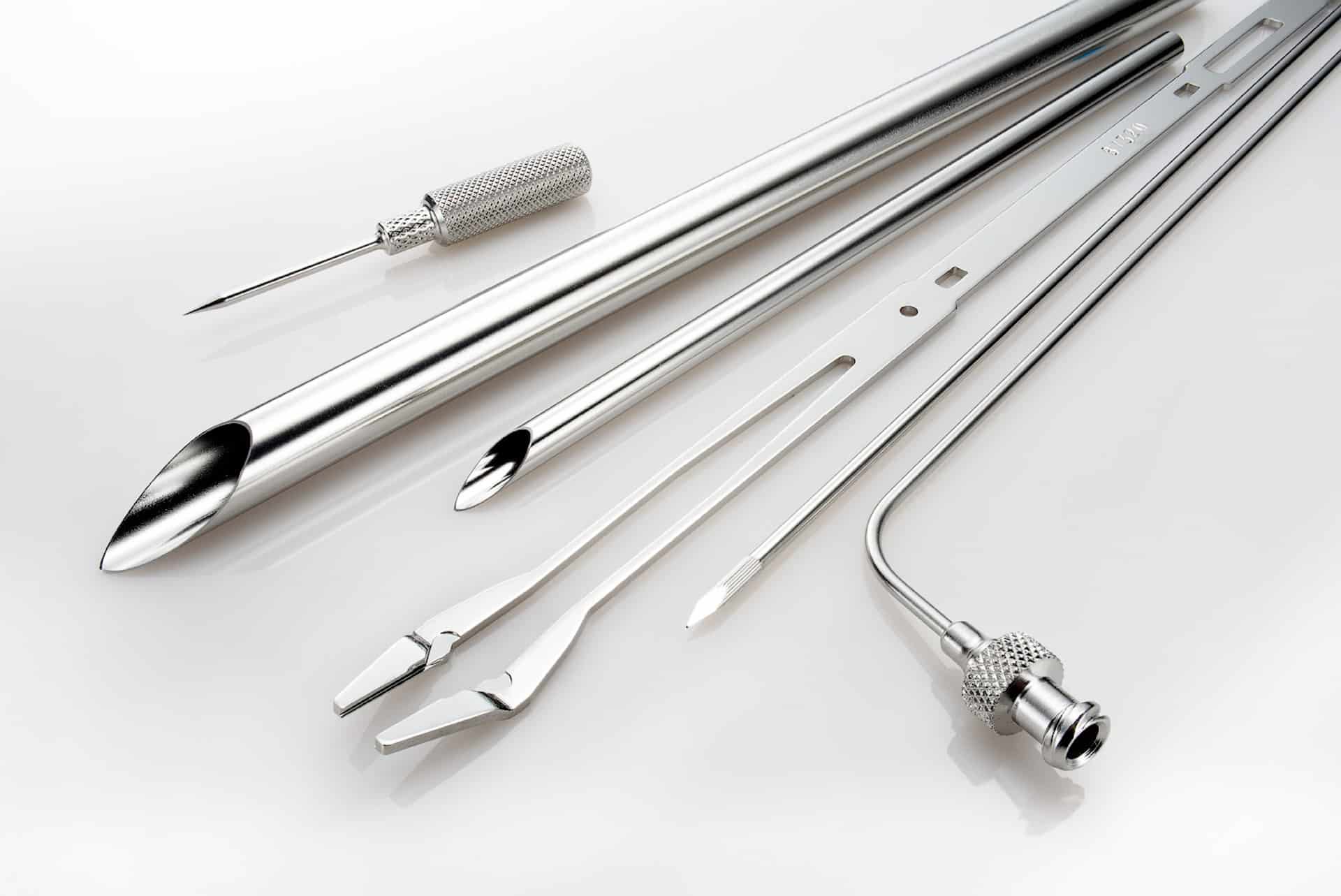
What is Electropolishing?
Electropolishing is an electrochemical and reverse plating process that removes the outer layer of skin on a metal...
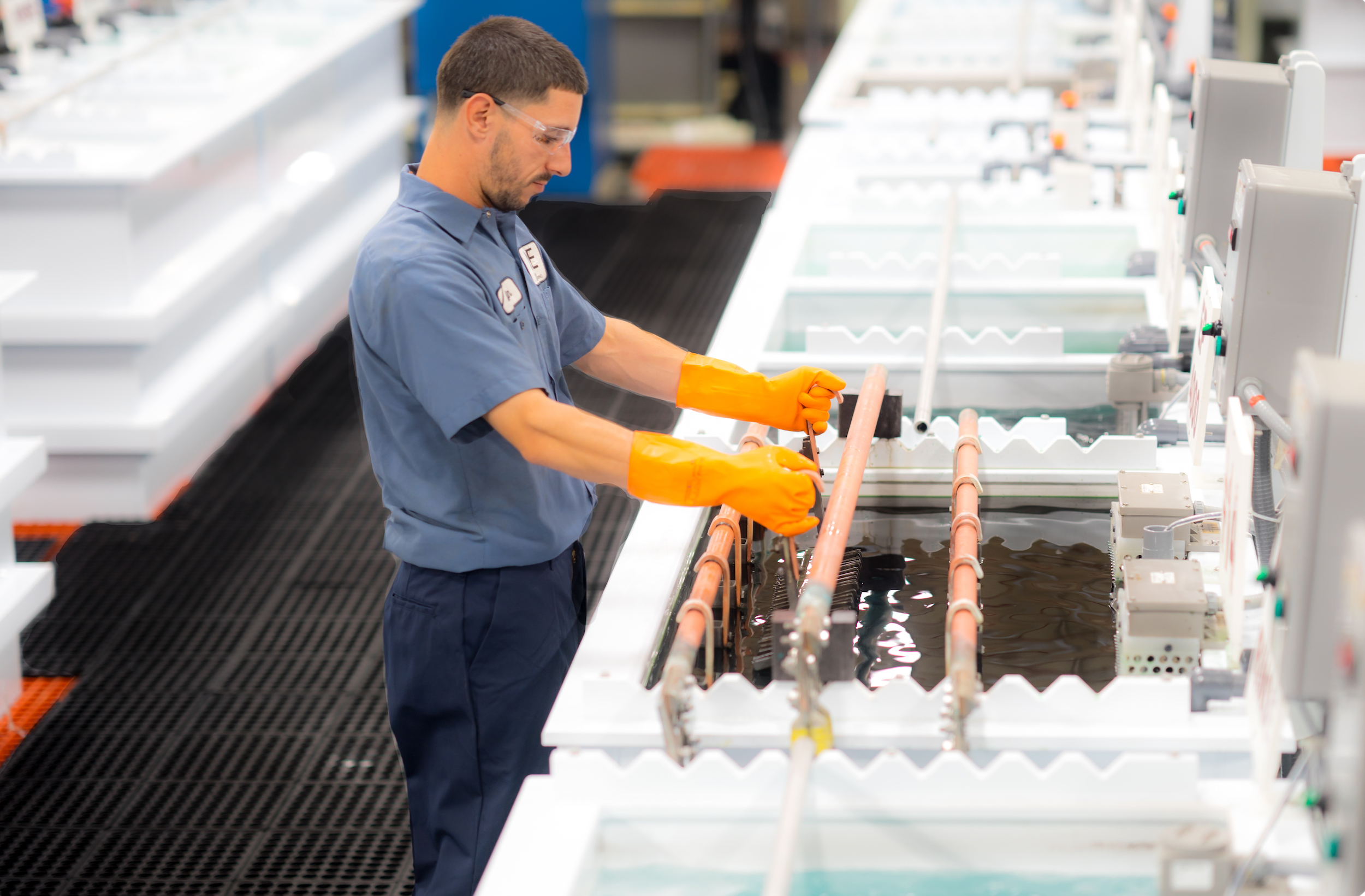
The Electropolishing Process
The electropolishing process is initiated by immersing a metal part into a temperature-controlled bath of electrolyte...
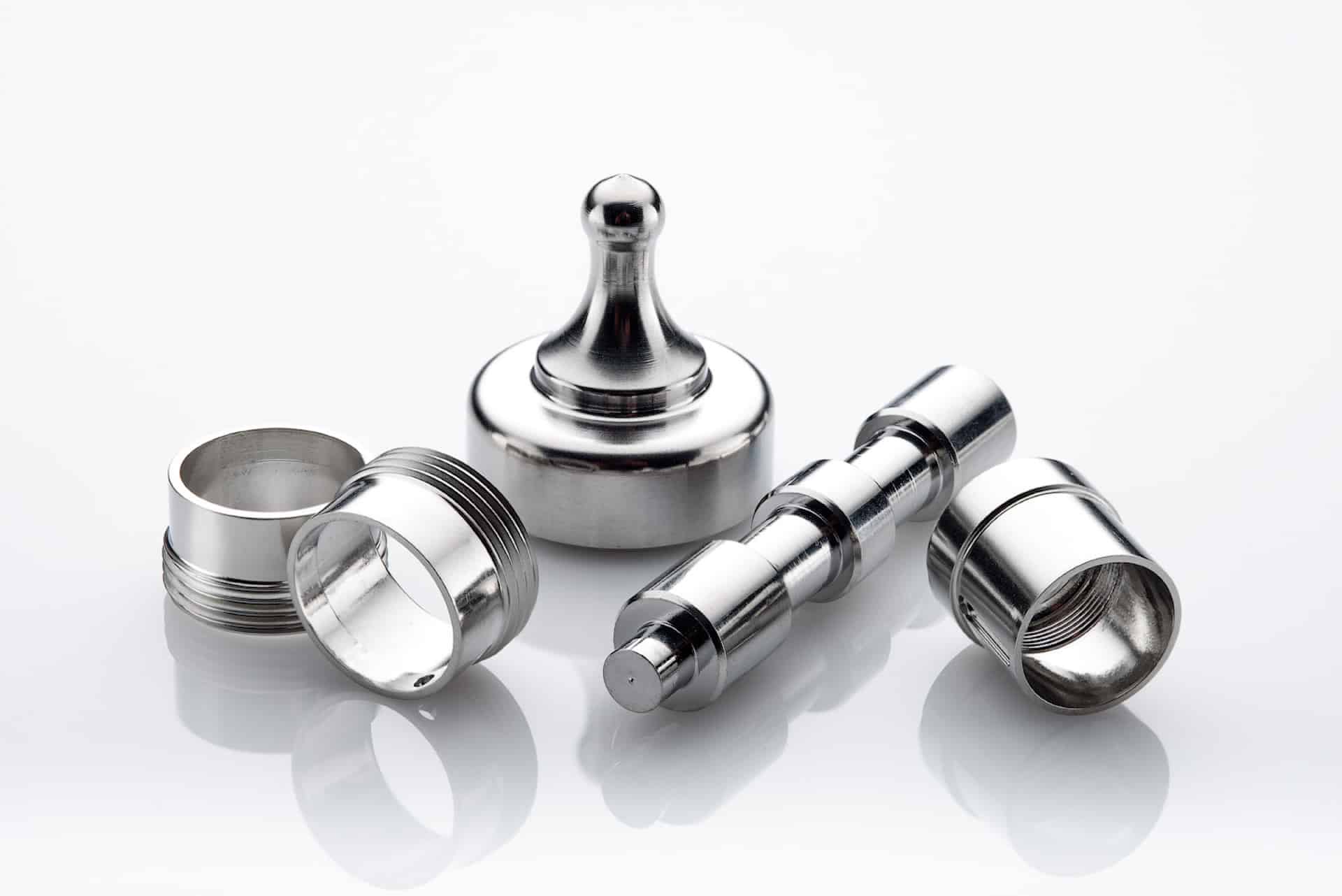
Benefits of Electropolishing
Curious about the benefits of putting your parts through the electropolishing process? Read along below where we...
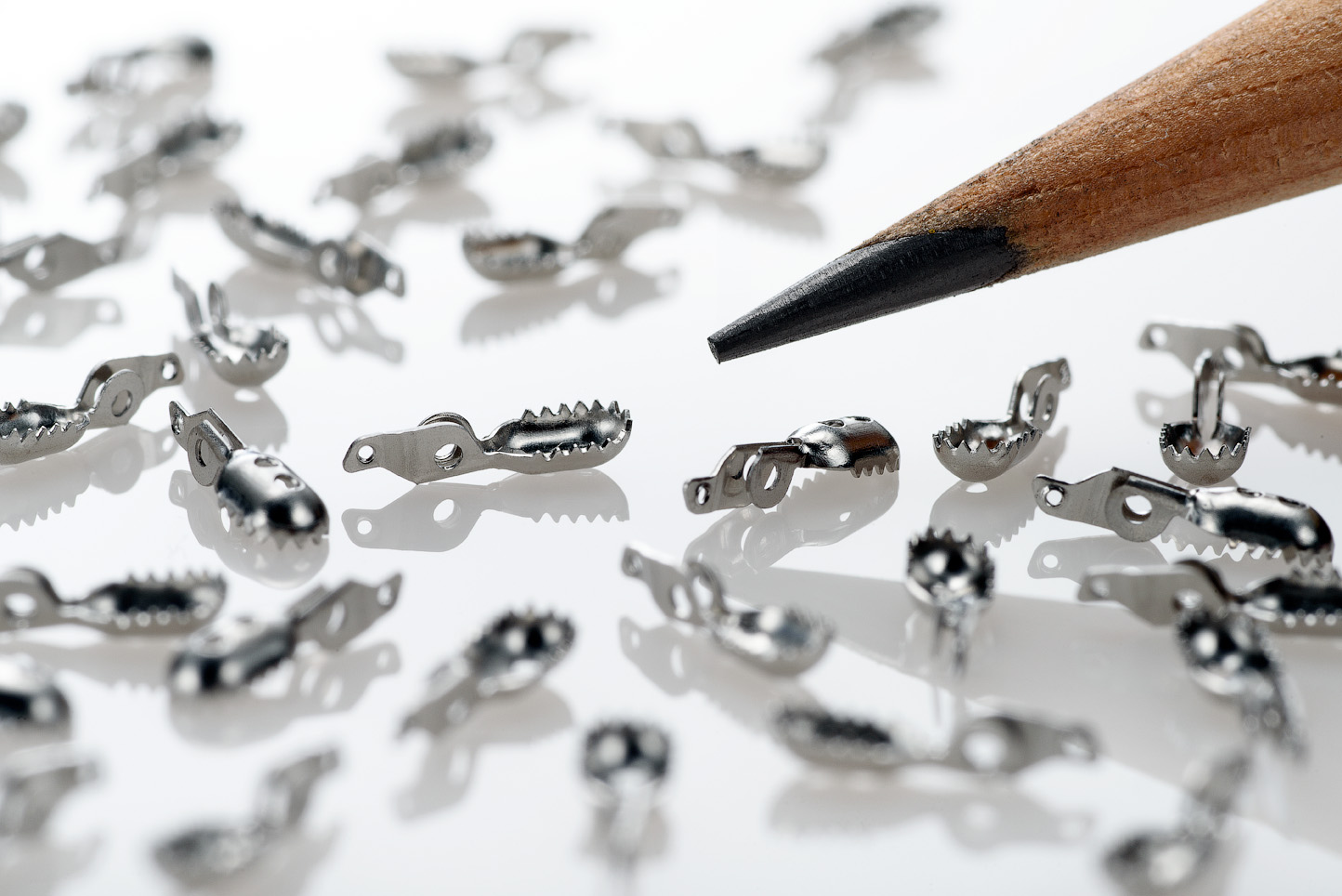
How Much Material Does Electropolishing Remove?
Electropolishing, when done properly is a highly controllable process which removes as little as...
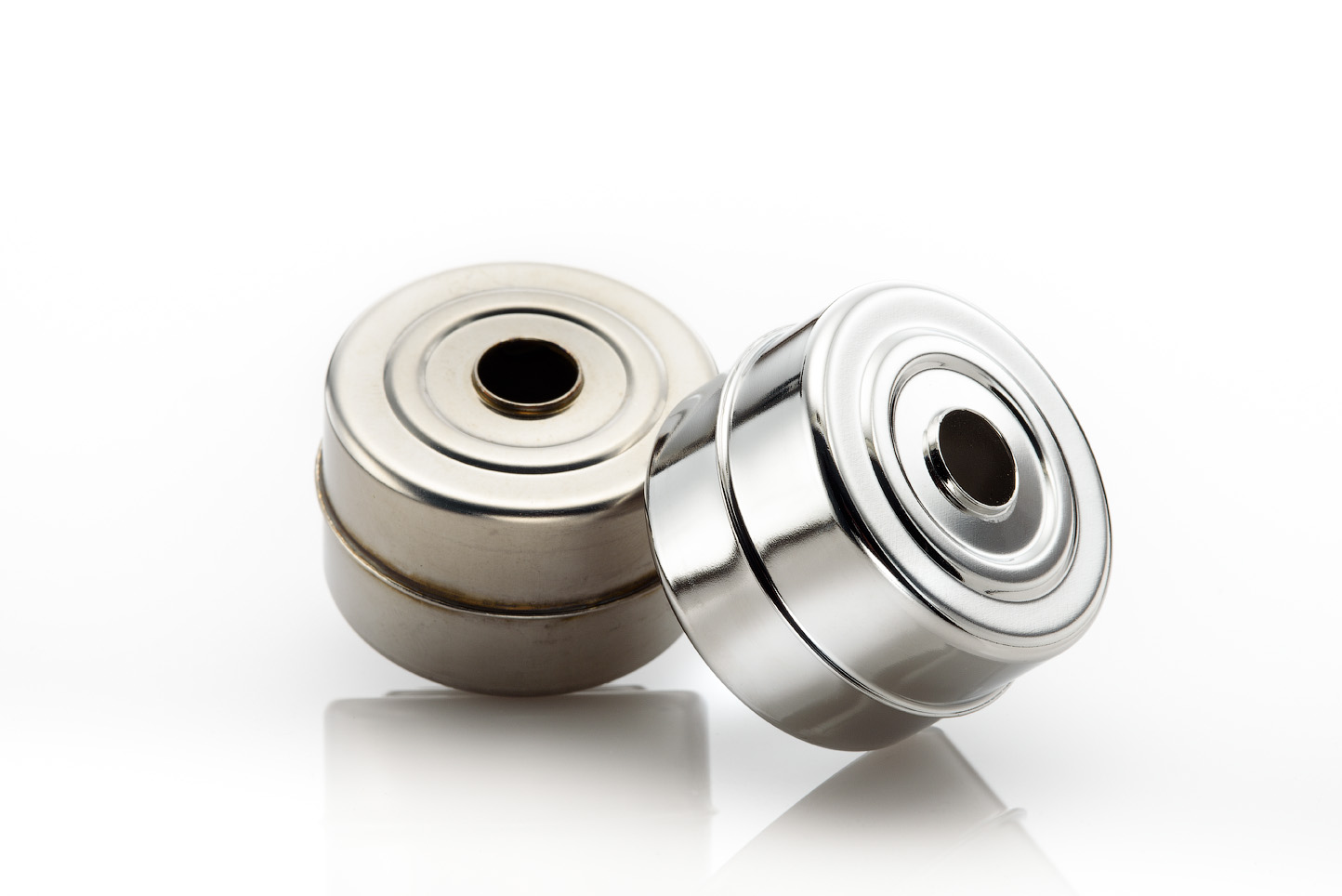
How Much Will Electropolishing Improve the Surface Finish of My Part?
Ra and RMS are both representations of surface roughness. Ra is calculated as the roughness average of a surface’s...
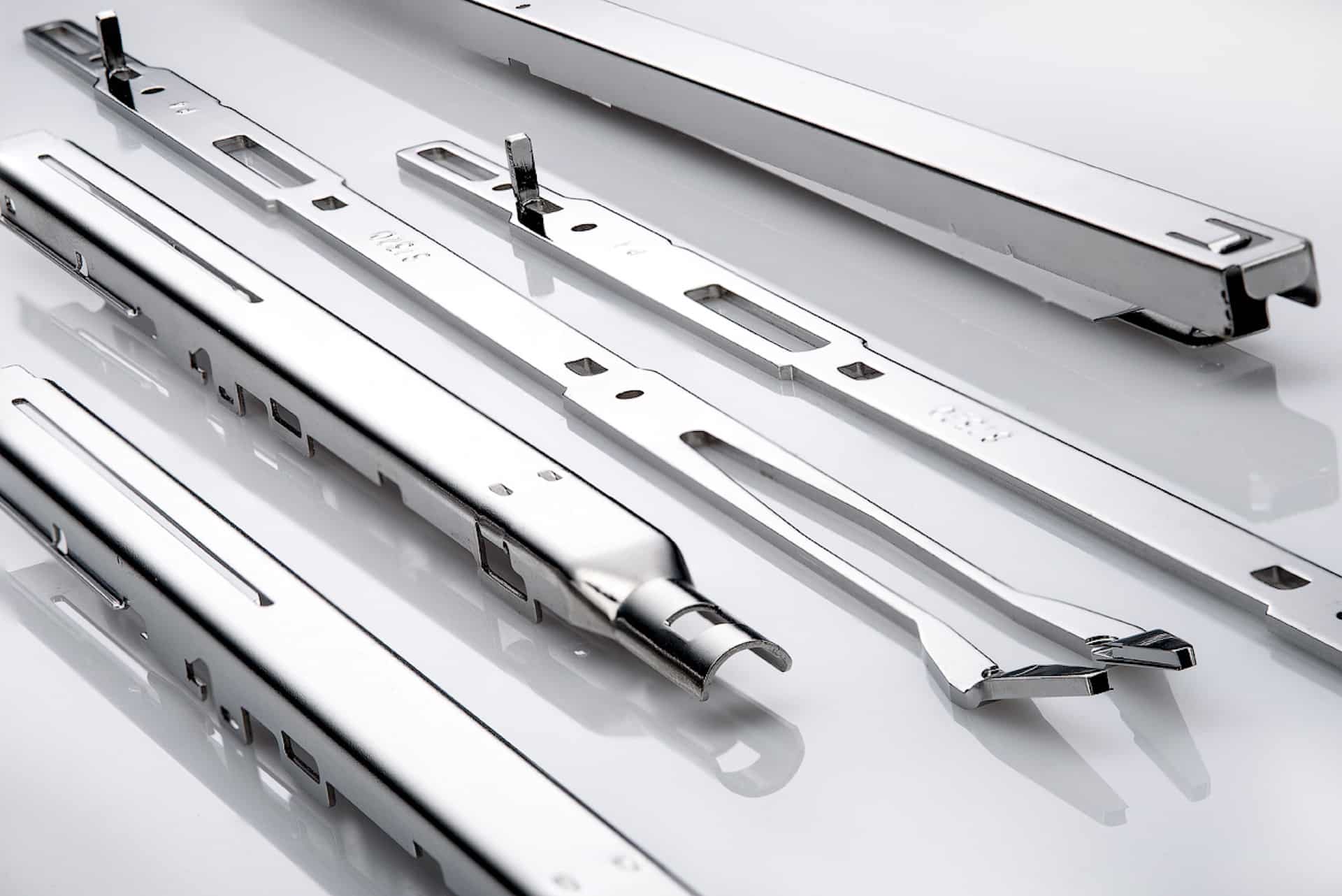
Electropolishing Frequently Asked Questions
Learn the difference between electropolishing and electroplating as well as how the electropolishing process works...
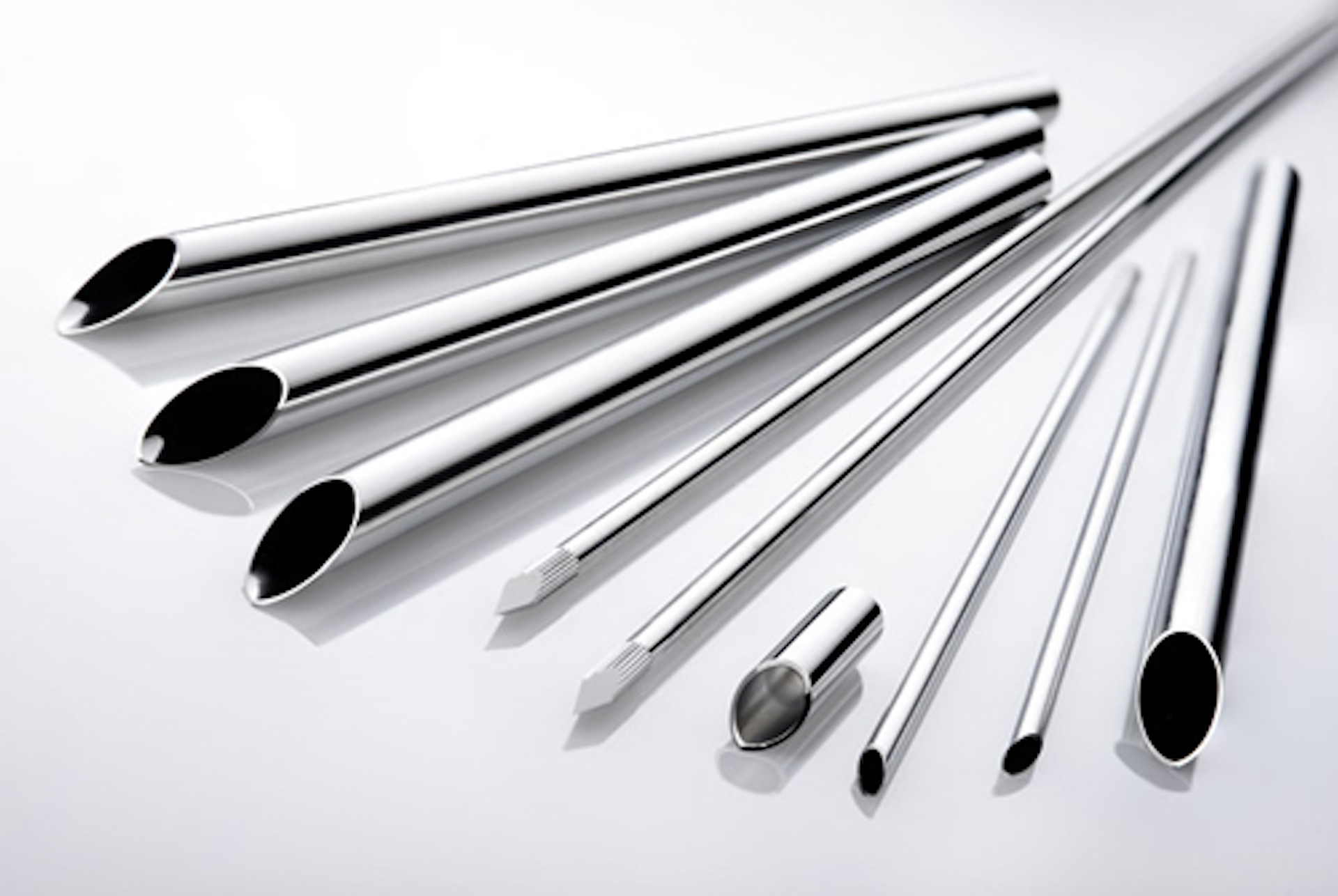
What is ASTM B912?
ASTM B912 is an industry standard for the passivation of stainless steel alloys through electropolishing...
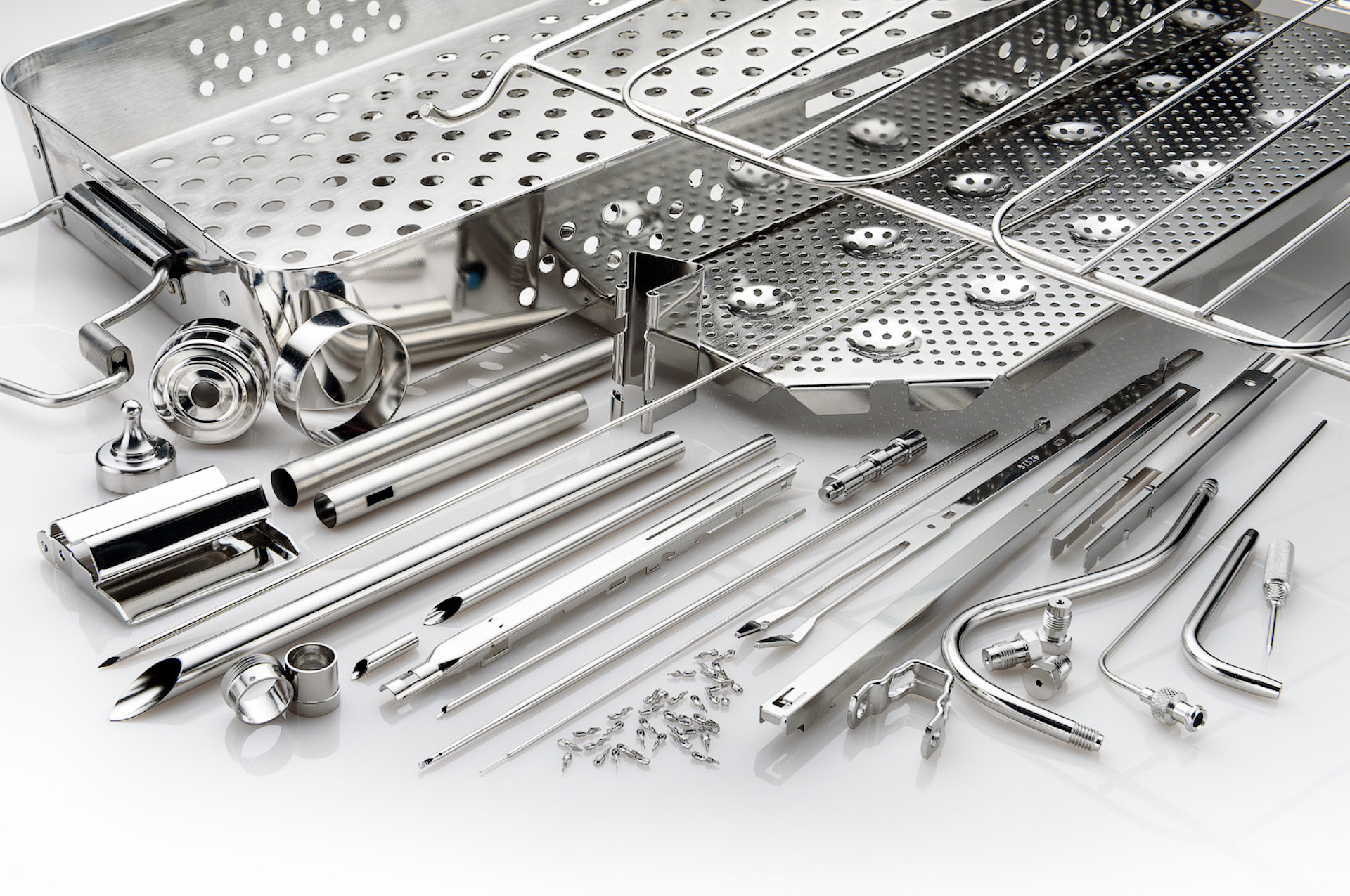
What is ASTM A967?
ASTM A967 is an industry standard specification for the chemical passivation treatments for stainless...
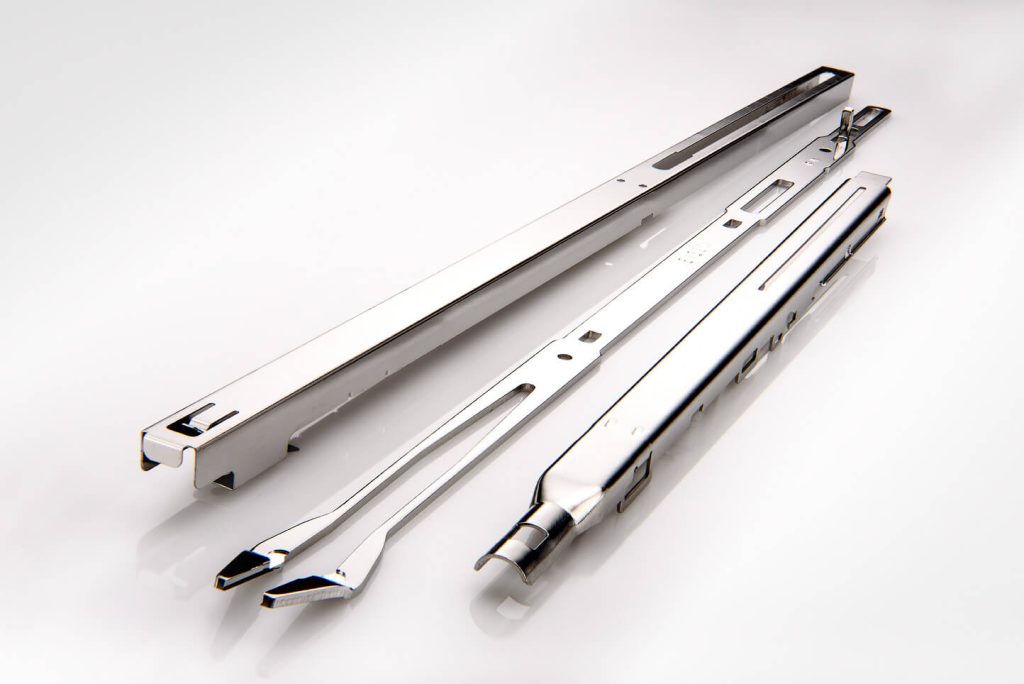
What is ISO 13485?
ISO 13485 is a standard that applies specifically to medical devices. ISO 13485 is designed to be...
